2015
Cod1ng da V1nc1
Preservation of cultural datasets
Supervision
Claudia Müller-Birn, Freie Universität Berlin
Carola Zwick, Weißensee Academy of Art Berlin
Increasingly, libraries, galleries, archives and museums are digitizing their collections. By January 2014, over 30 million objects had been made accessible via Europeana alone, with Germany accounting for the largest share with over 4.5 million. The competition is now about making this data accessible and usable with the help of meaningful applications. But how can this be done?
Small as well as large data sets and different data sources such as images, videos, texts and sensor data are used and at least one data set must be part of the Cod1ng da V1nc1 competition. Students learn practical techniques for organizing, analyzing, and visualizing cultural datasets using open-source technologies. We also integrate scholarly articles or projects from information visualization, media theory, social computing, and digital art into our work.
MagicKurbelKamera
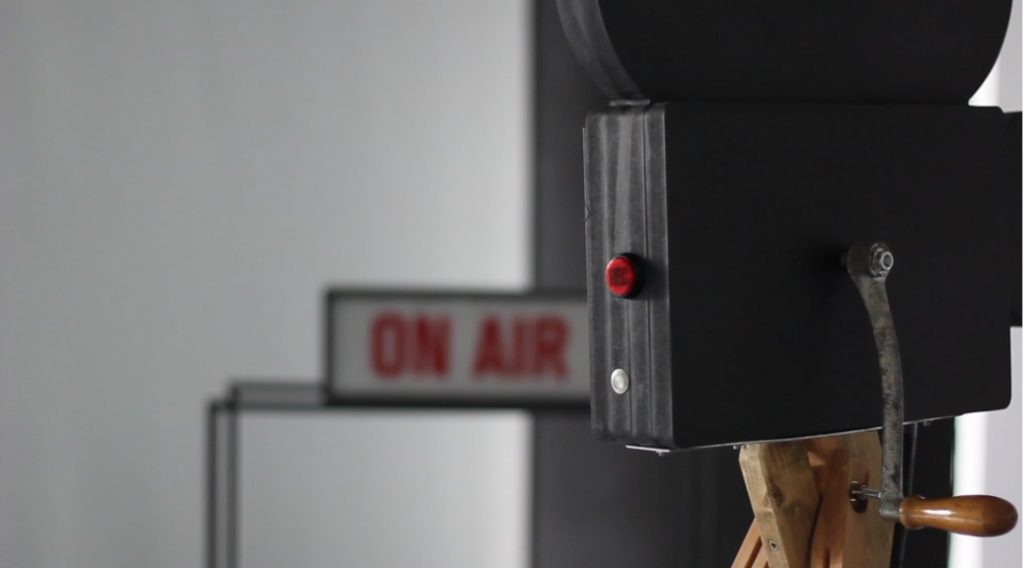
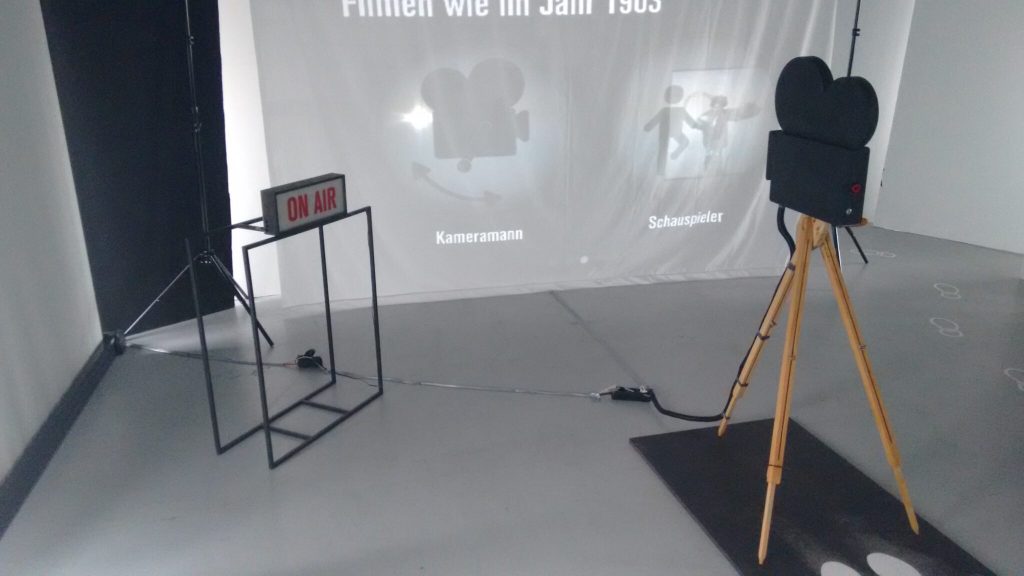
Fanny, Design
Lukas, Computer Science
Katjuscha, Computer Science
Alexa, Computer Science
MagicKurbelKamera is an interactive exhibit designed as a learning medium for youth groups. With this exhibit, a group should develop a feeling for the beginnings of the film camera by playing an old film on a screen via cranks, interacting with it, recording it and sharing the newly created film with others. The focus is on the intuitive usability and simplicity of the exhibit.
Midiola
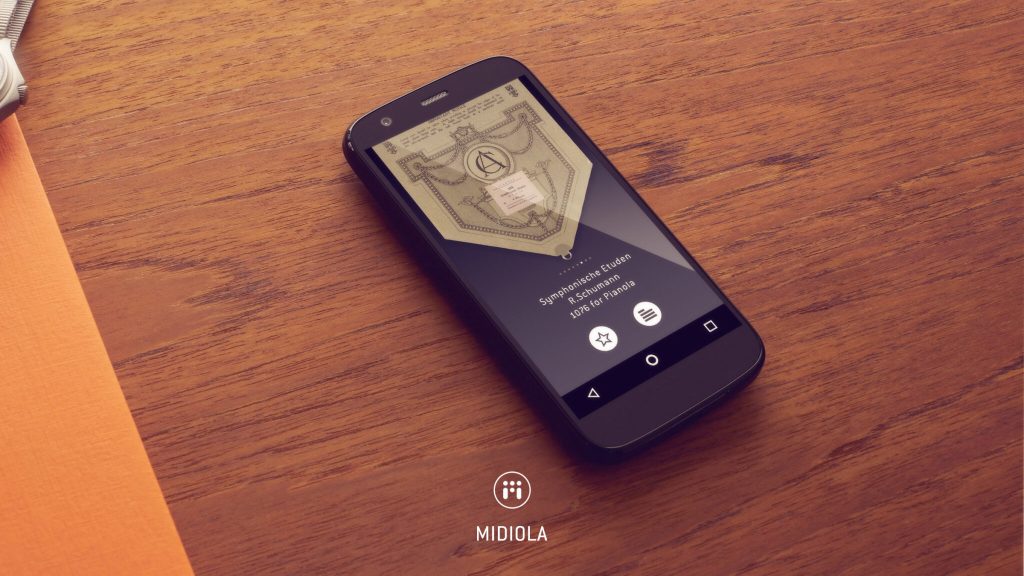
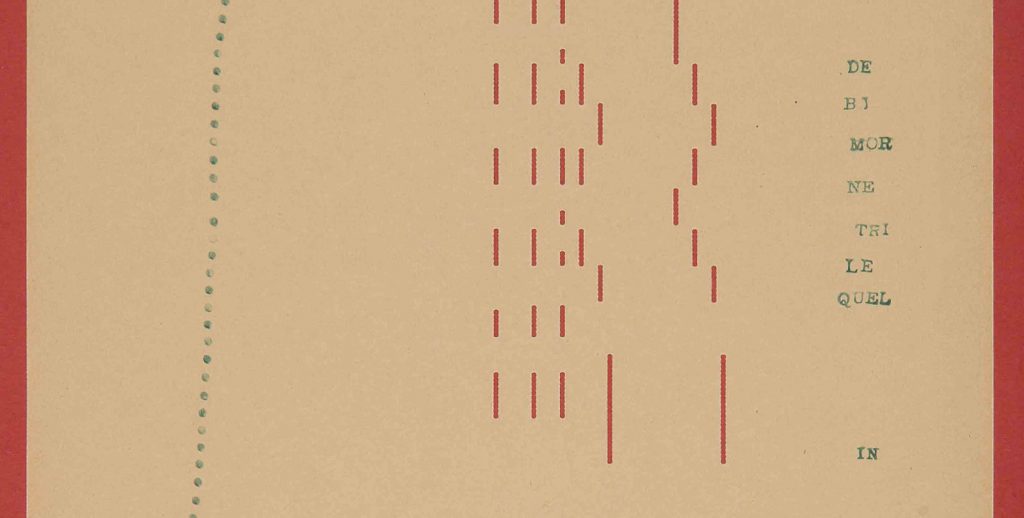
Momo, Design
Joscha, Computer Science
Tom, Computer Science
Luca, Computer Science
Midiola transforms physical note rolls into auditory sounds through the smartphone camera. The basic principle is the same as playing a scanned roll. Very narrow image sections are analyzed 30 times per second using a computer vision library. These image sections are only a few pixels wide and are extracted either from the current scroll area of the scan or from the current frame of the camera.
Pattcreator

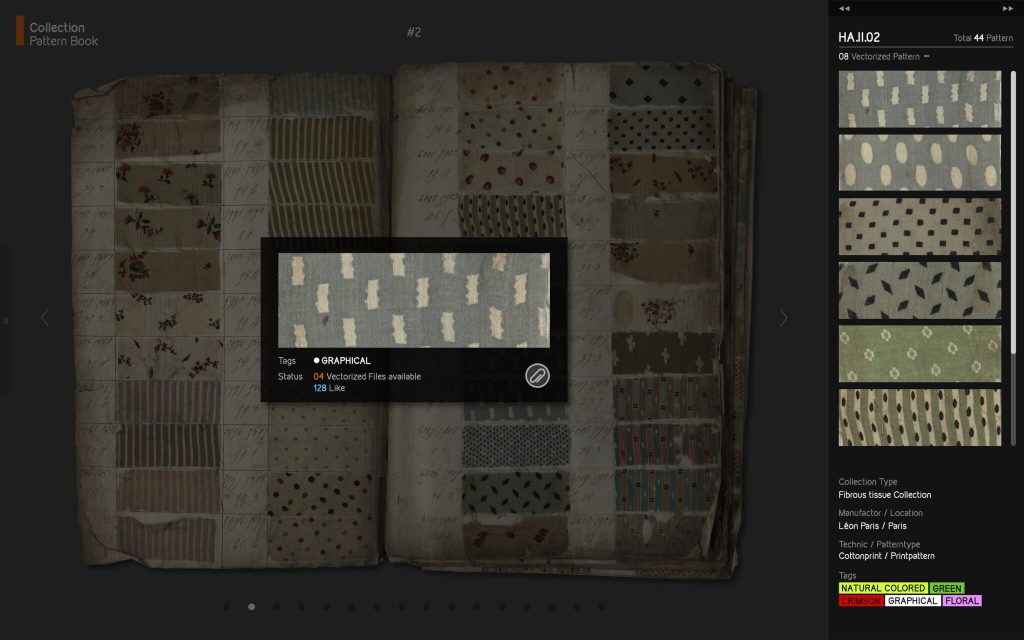
Yoon Oh, Design
Philipp, Computer Science
Johannes, Computer Science
Pattcreator has set itself the task of archiving and presenting fabric patterns via a web application. For this purpose, the fabric patterns are scanned and vectorized. Through an appropriately developed web application, these can then be filtered by keywords, favorited and downloaded as a file.
Chasing Pictures

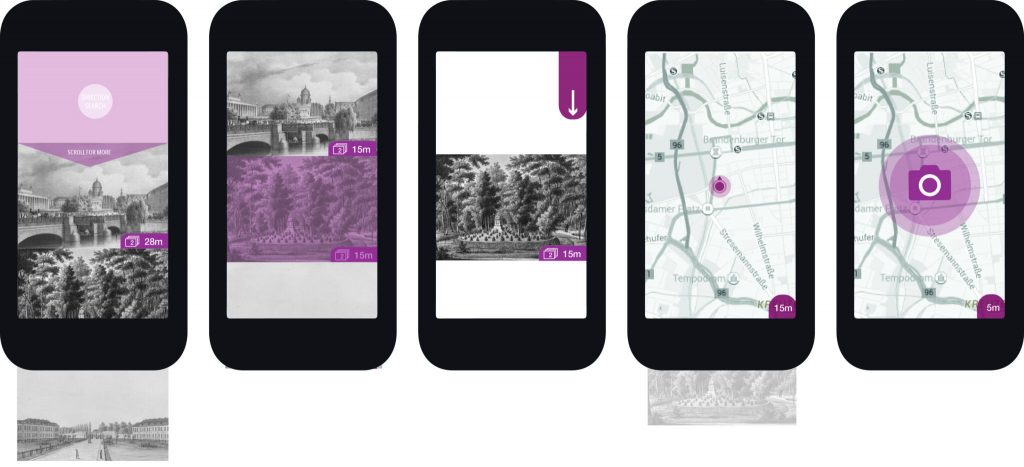
Katharina, Design
Simon, Computer Science
Jakob, Computer Science
Miri, Computer Science
Chasing Pictures is a software application that allows navigating to the real places of the paintings in the form of a discovery journey. Thus, a place can be perceived from the point of view of an artist. To do this, a photo of the place or the place that is to be depicted in the painting is taken with the smartphone and then uploaded to the app. With this step, one embarks on the trail of a painting’s genesis. In addition, further background information on the work is unlocked after a successful find. This is a new kind of city guide, with which sights or historic buildings can be discovered with friends or a community.
Munhwa
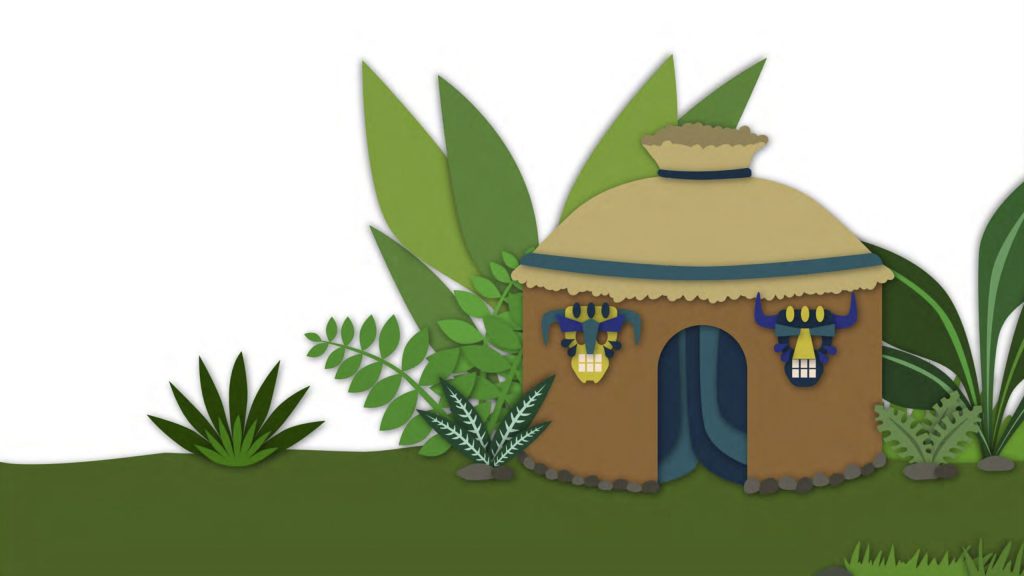
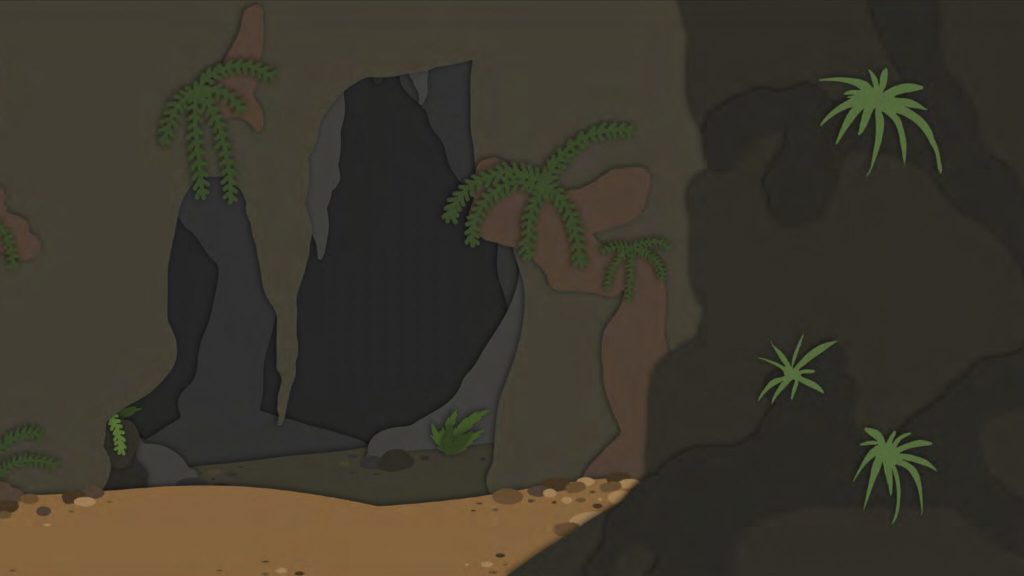
Daria, Design
Kadir, Computer Science
Johannes, Humanities
Saskia, Computer Science
Munhwa is the Korean word for culture and in the context of this project it reflects the exploratory journey of Alexander von Humboldt. Flora and fauna were one of his great avocations, which drove him to explore the world. In a playful way, the Munhwa project combines discovery and knowledge of this. In a two-dimensional world, children and adolescents explore Humboldt’s expeditions in a cartoon-like landscape and can thus, from Humboldt’s perspective, travel the world and learn about its diversity.
Floradex
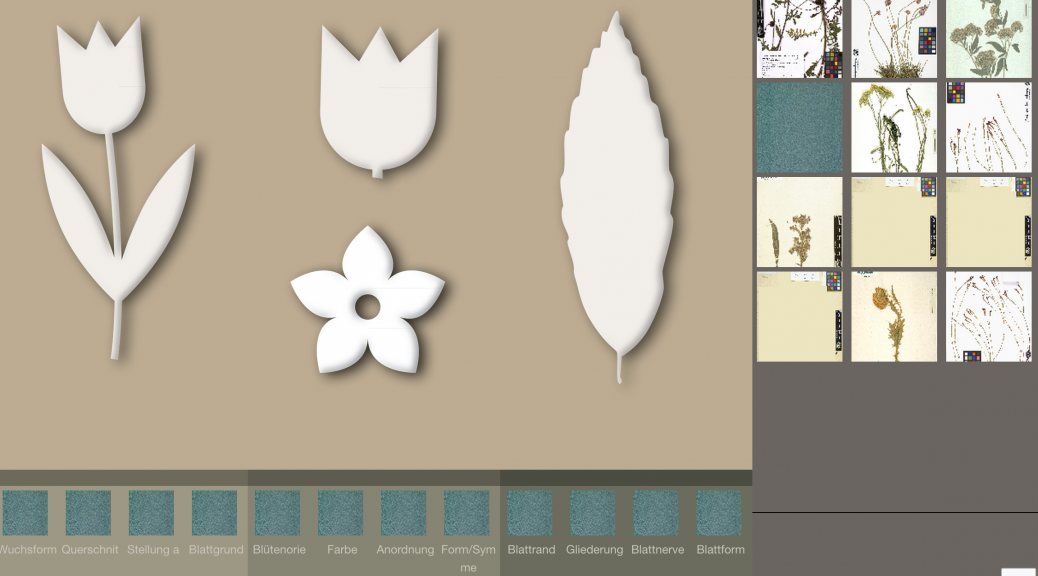
Anne, Design
Philipp, Computer Science
Immanuel, Computer Science
Paul, Computer Science
The fact that plant identification is very cumbersome and most scientifically correct identification media, especially books, can only be used by experts, serves as inspiration for Floradex. Even for laymen, an ambiguous determination of plants is often frustrating. This leads to the fact that they come to no clear or a completely wrong result in the determination of plants. Floradex supports non-experts to intuitively reconstruct plants they are looking for by means of symbols in a construction kit and to let them determine plants themselves by means of these criteria. The set filters can be changed again and again and thus the quantity and accuracy of the results can be followed and influenced. Technical terms are playfully integrated by visual elements.